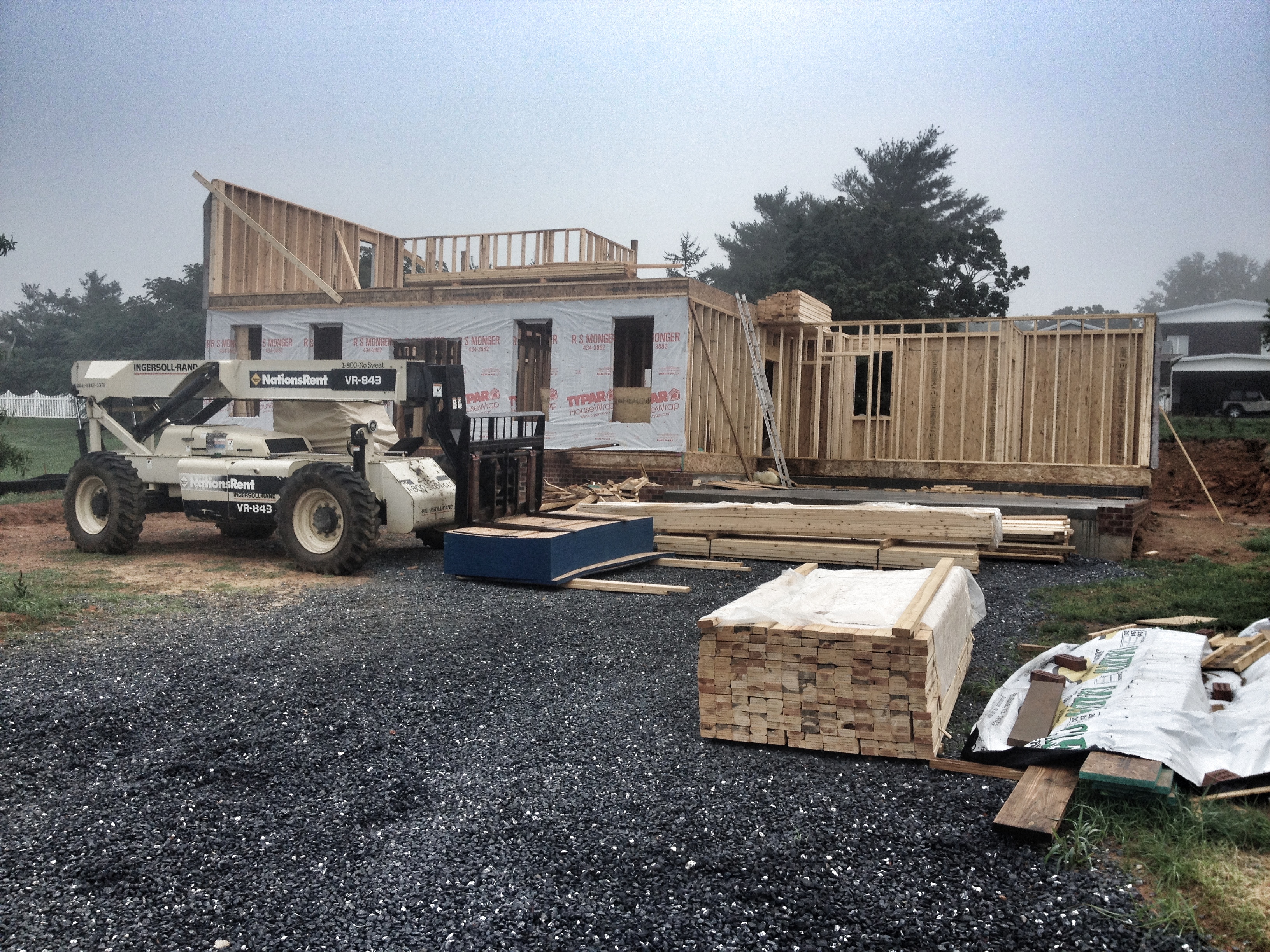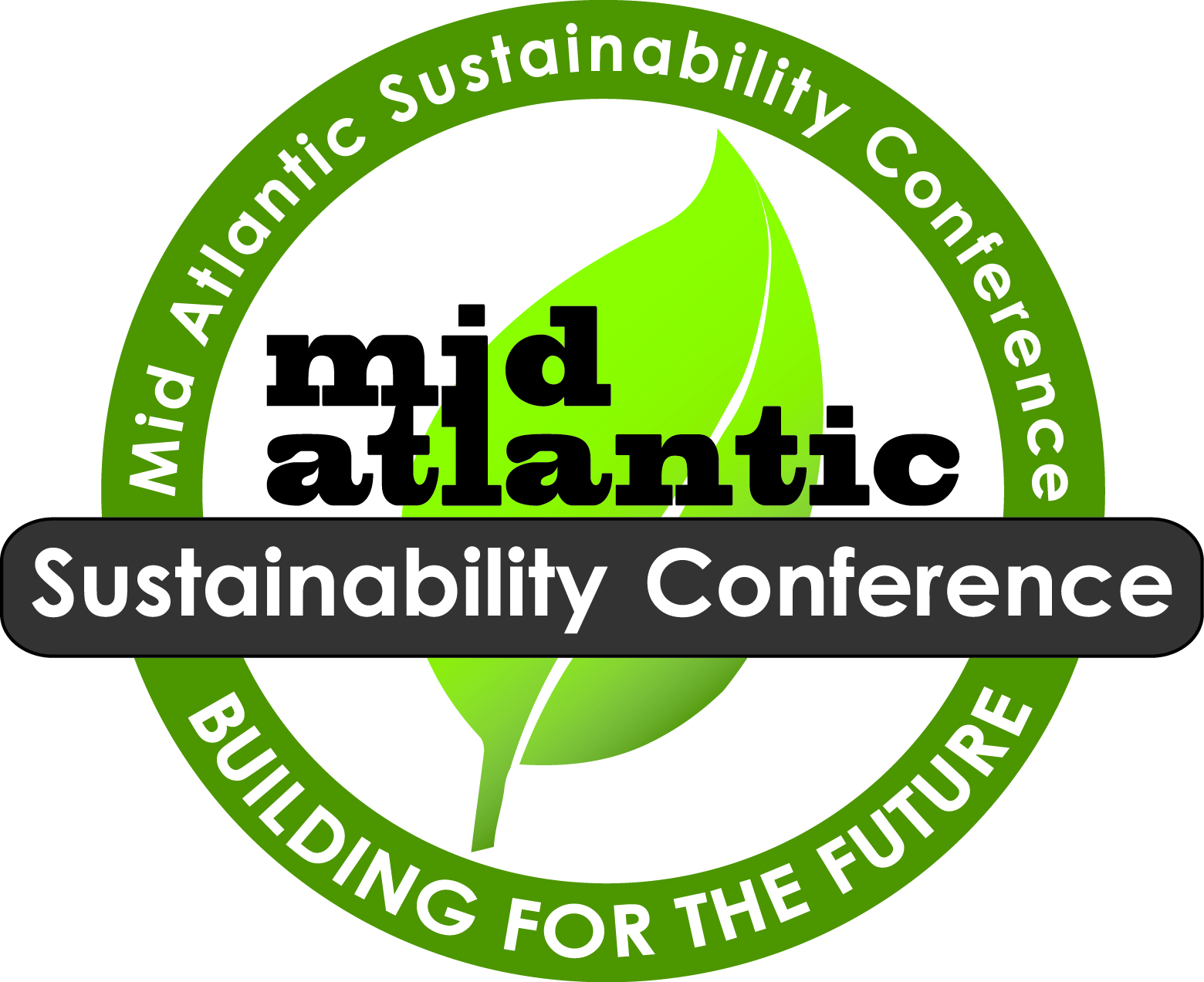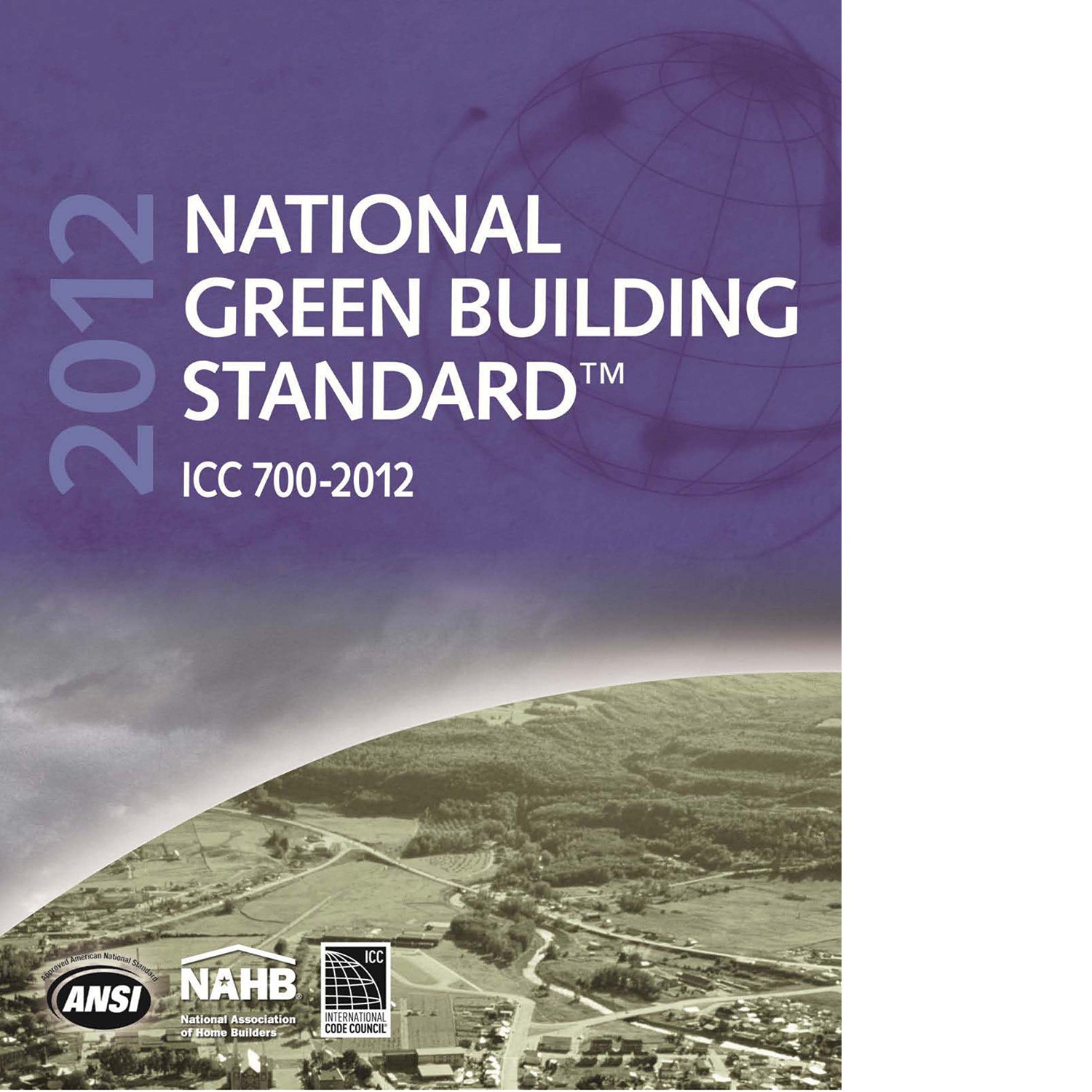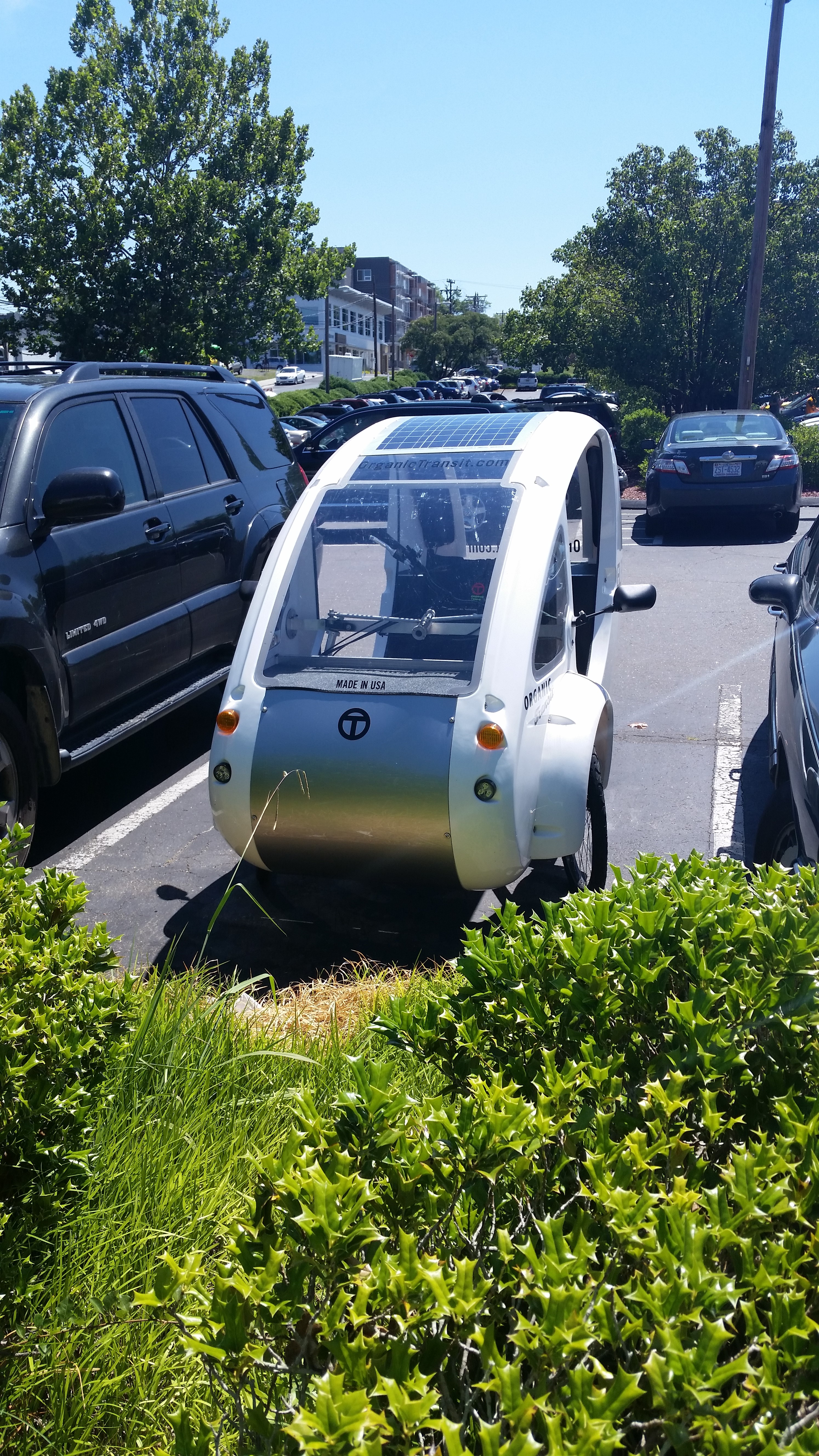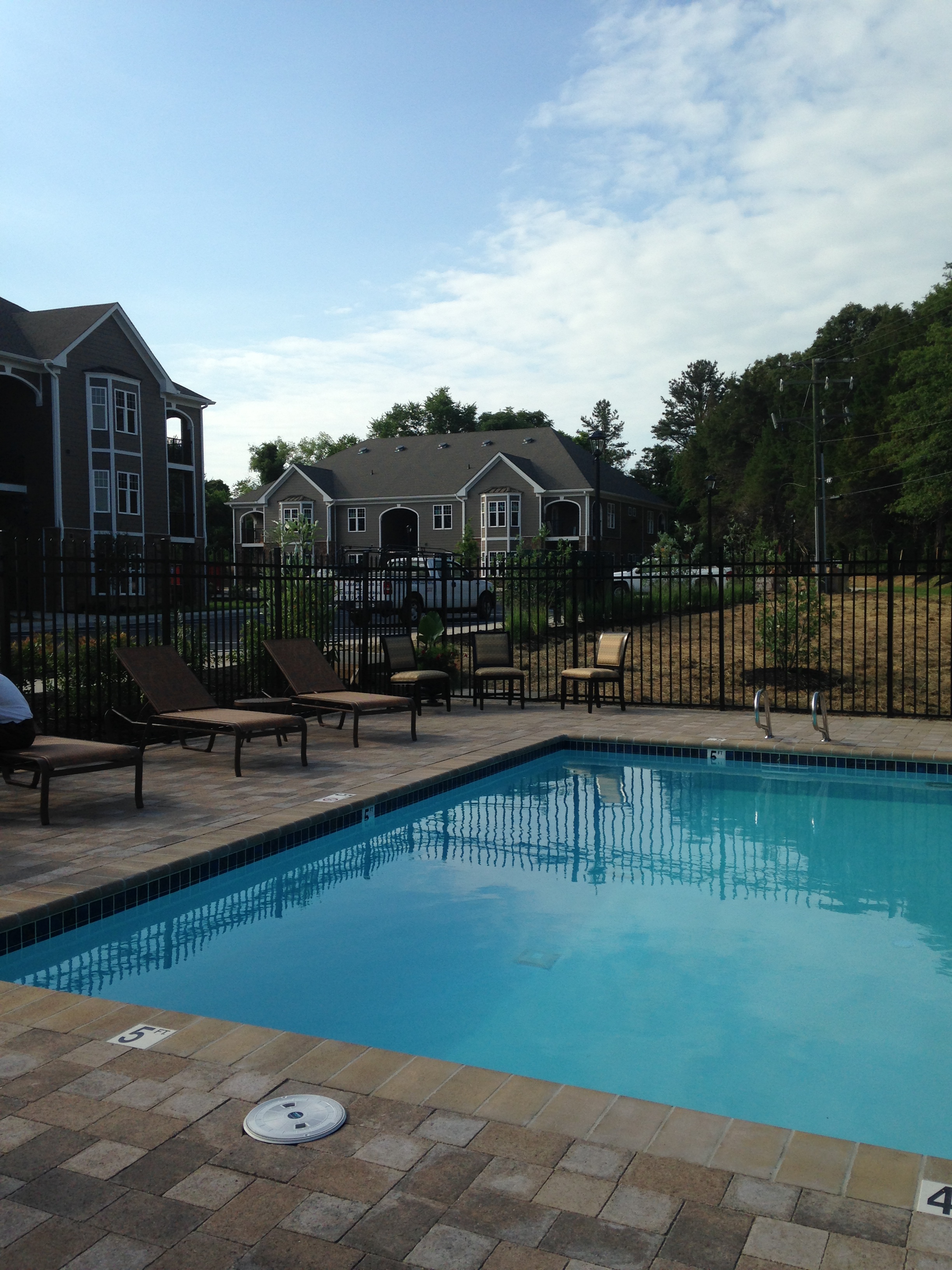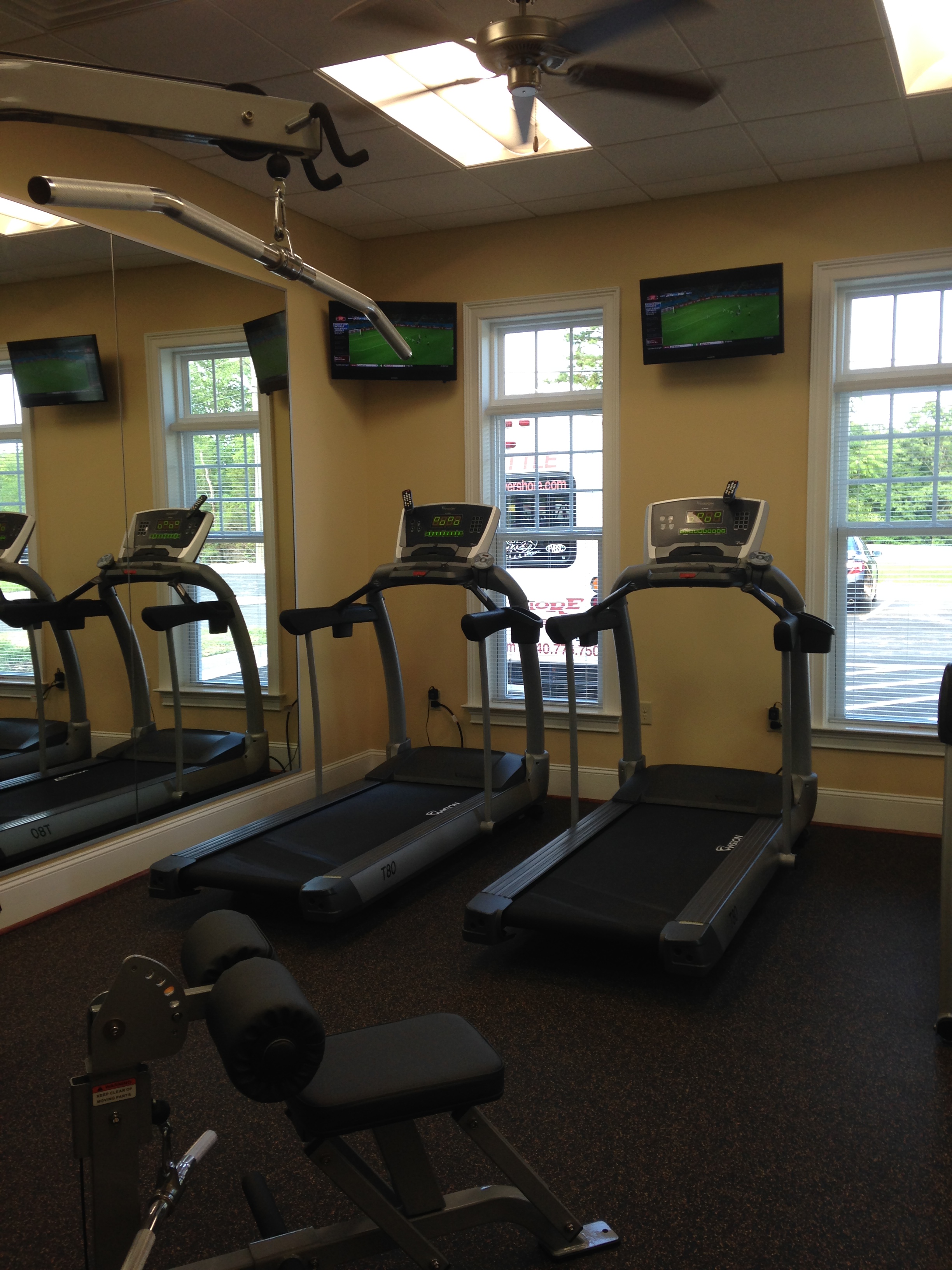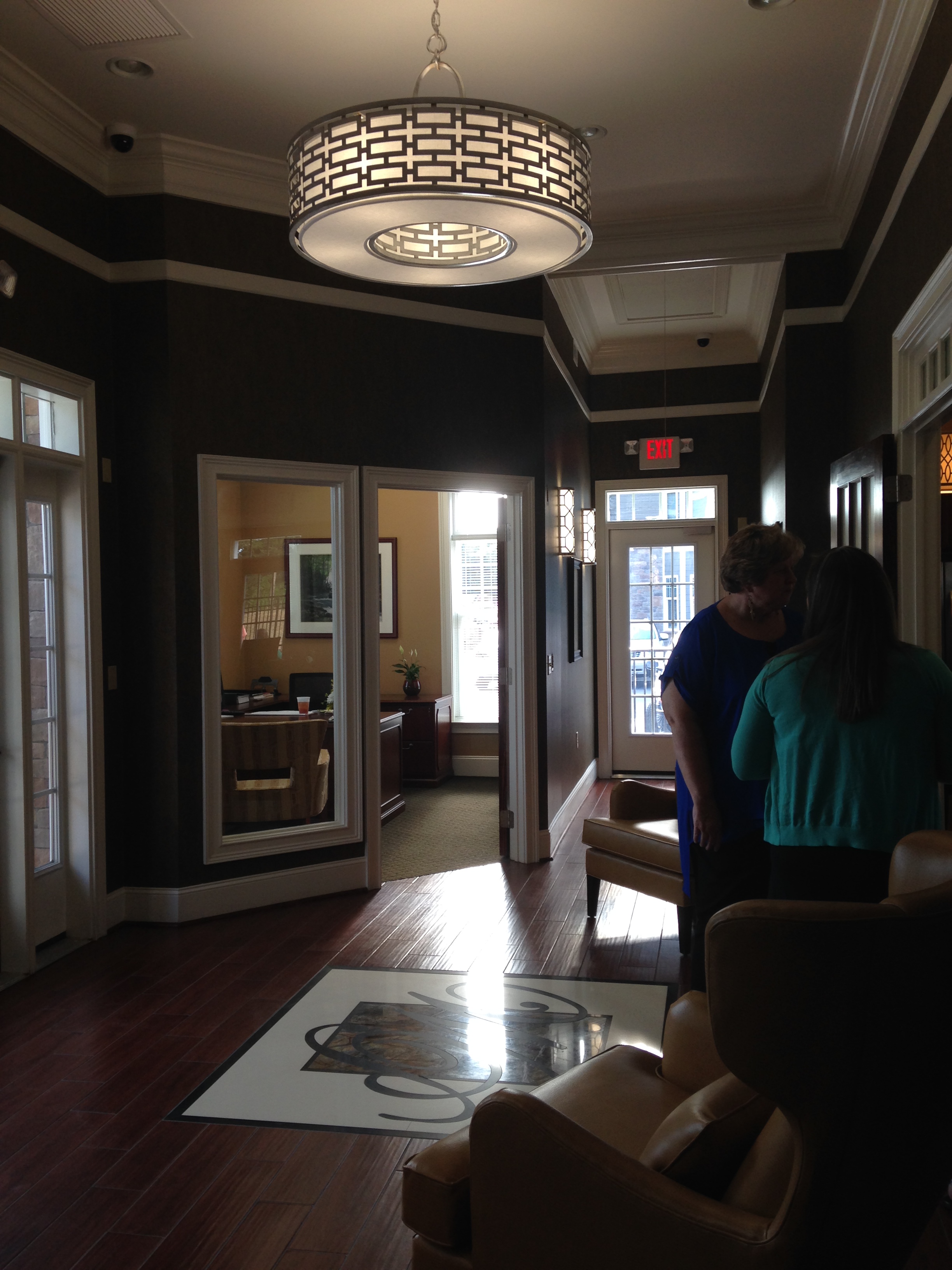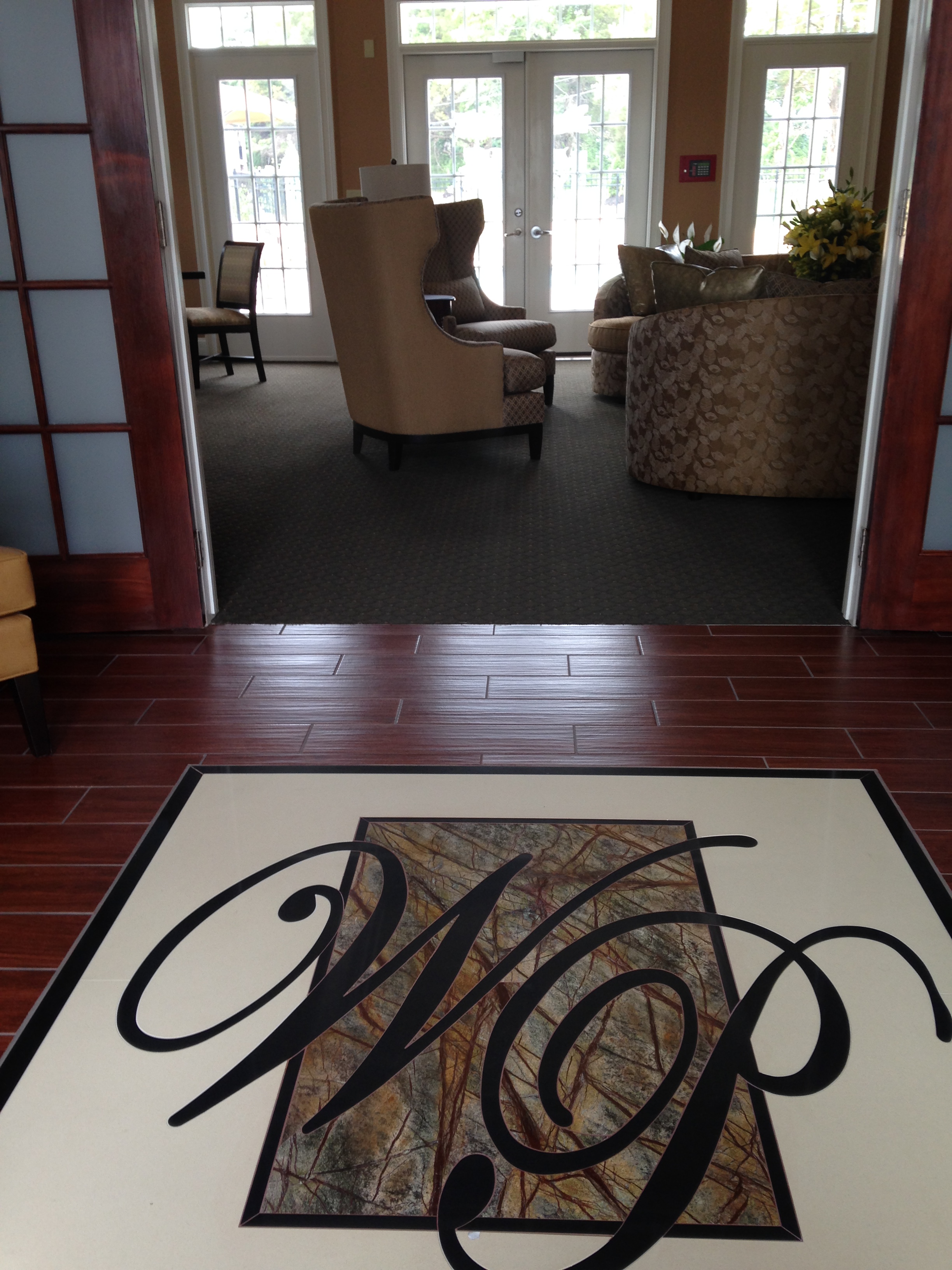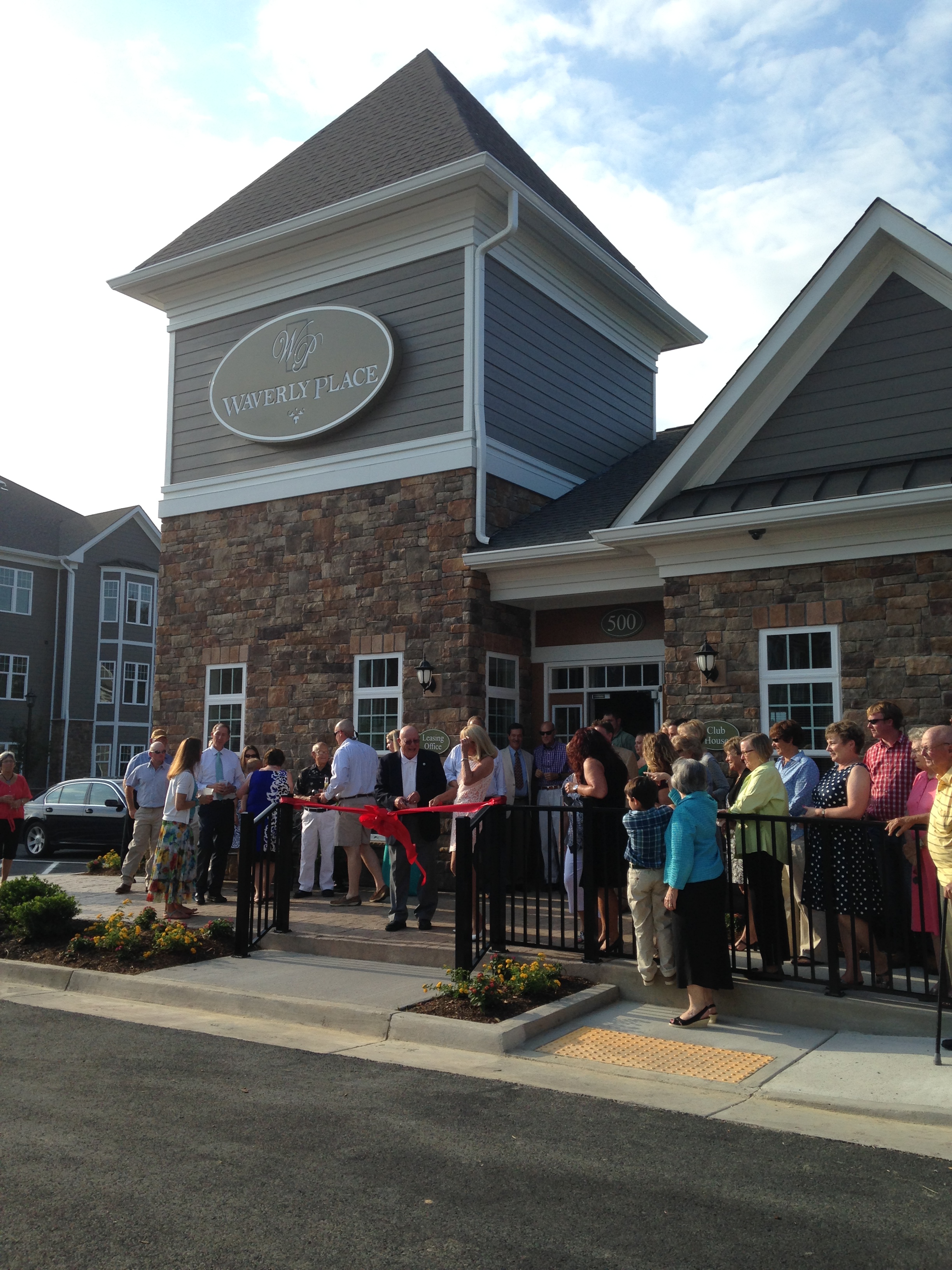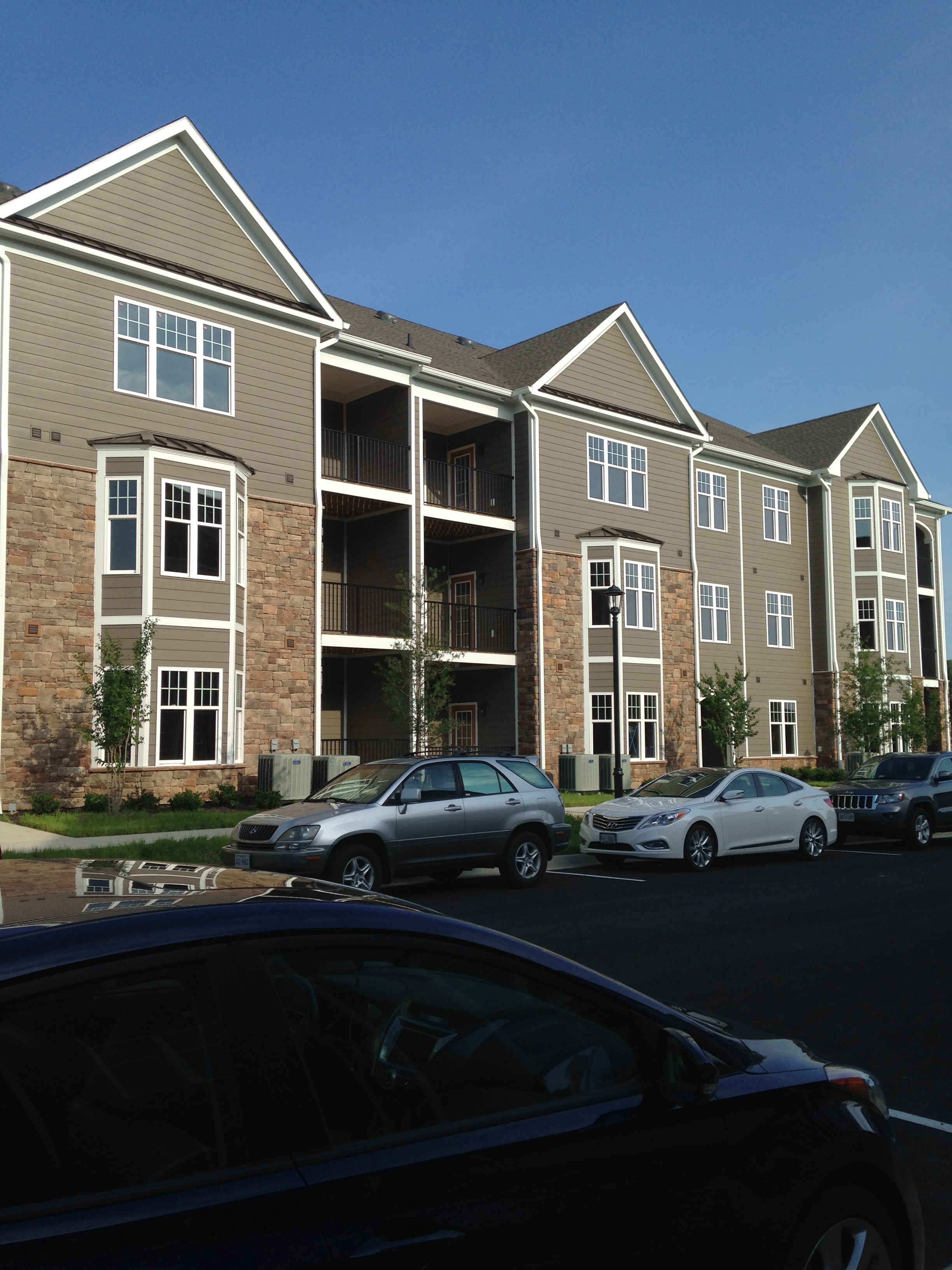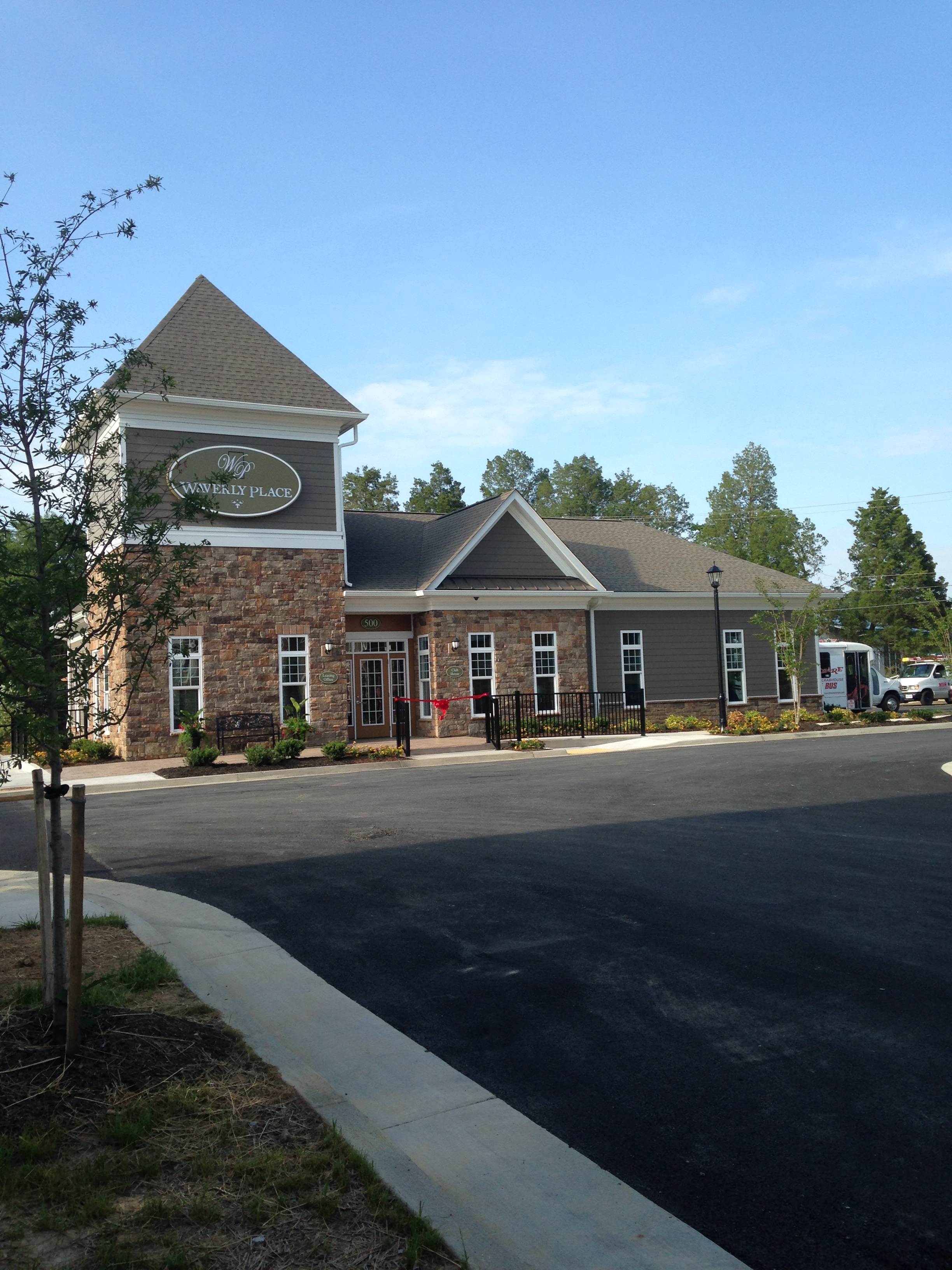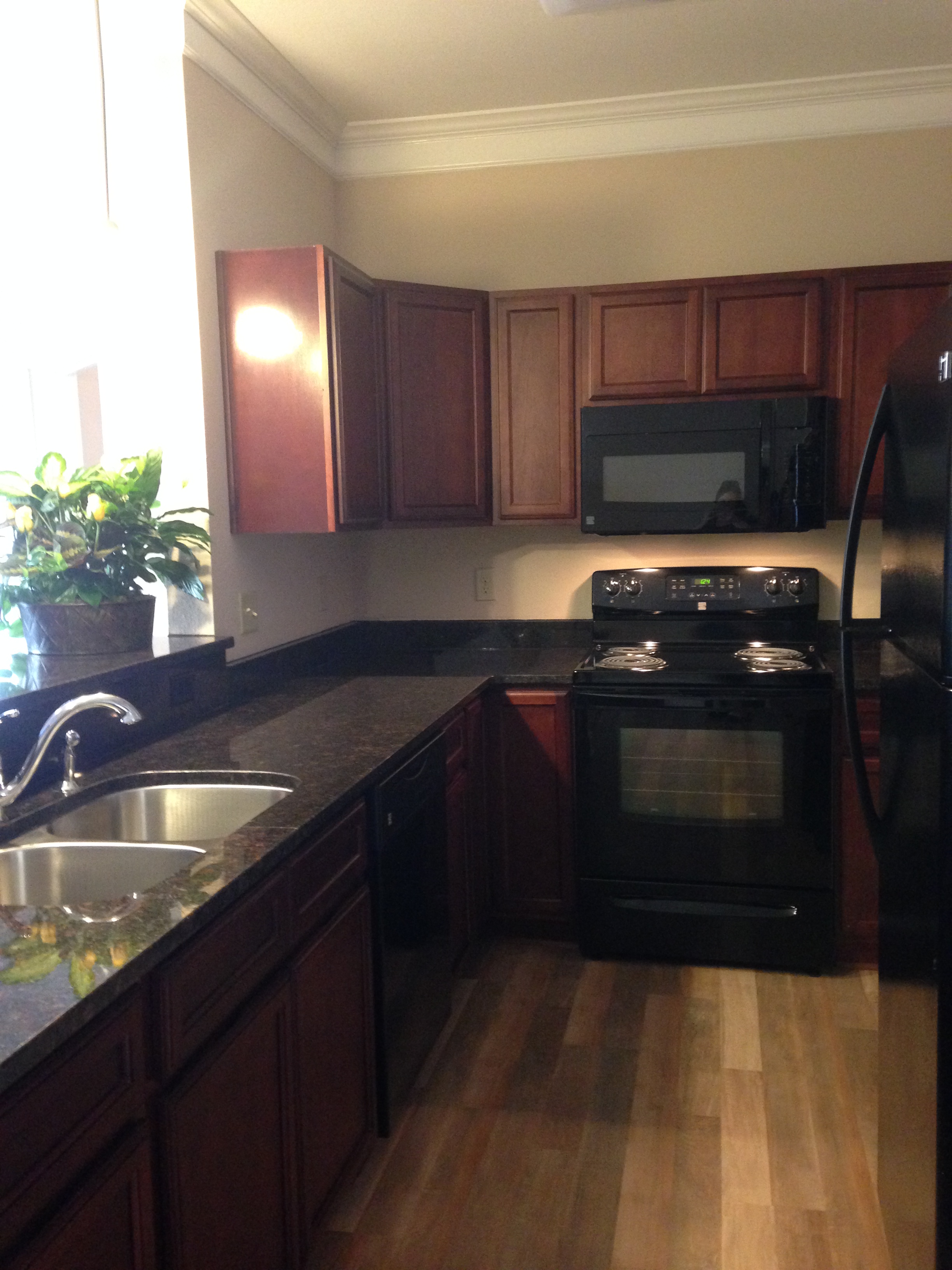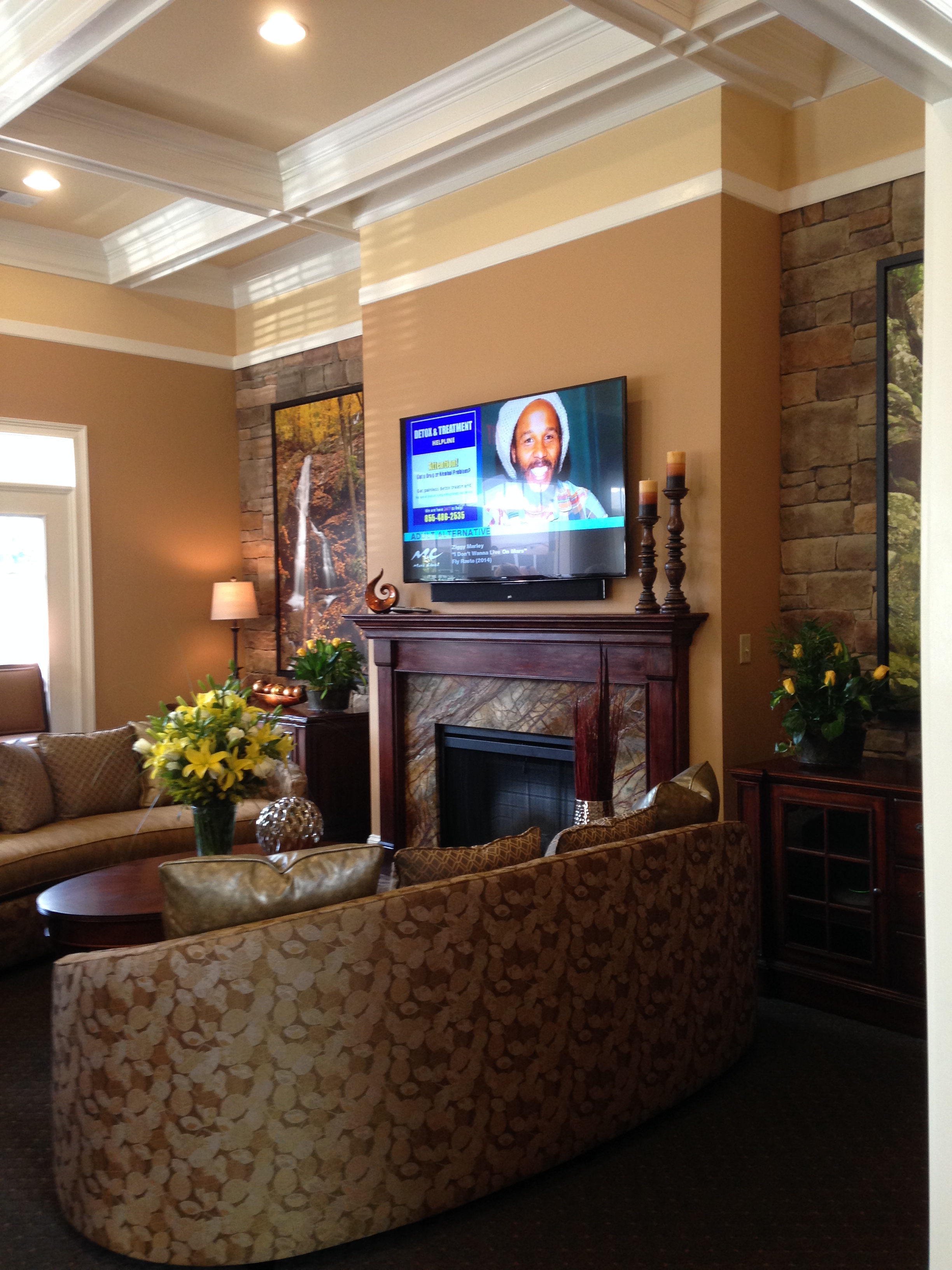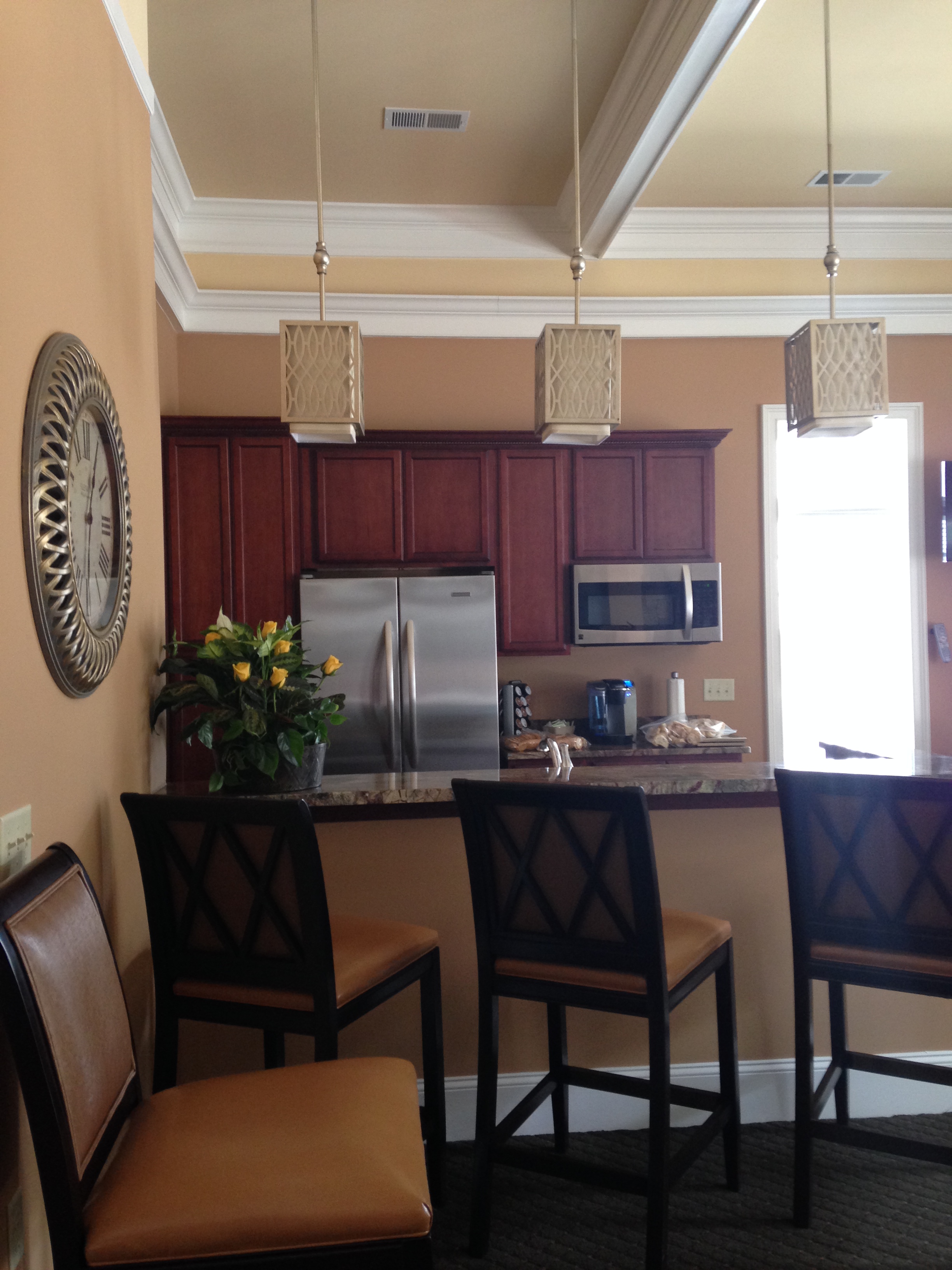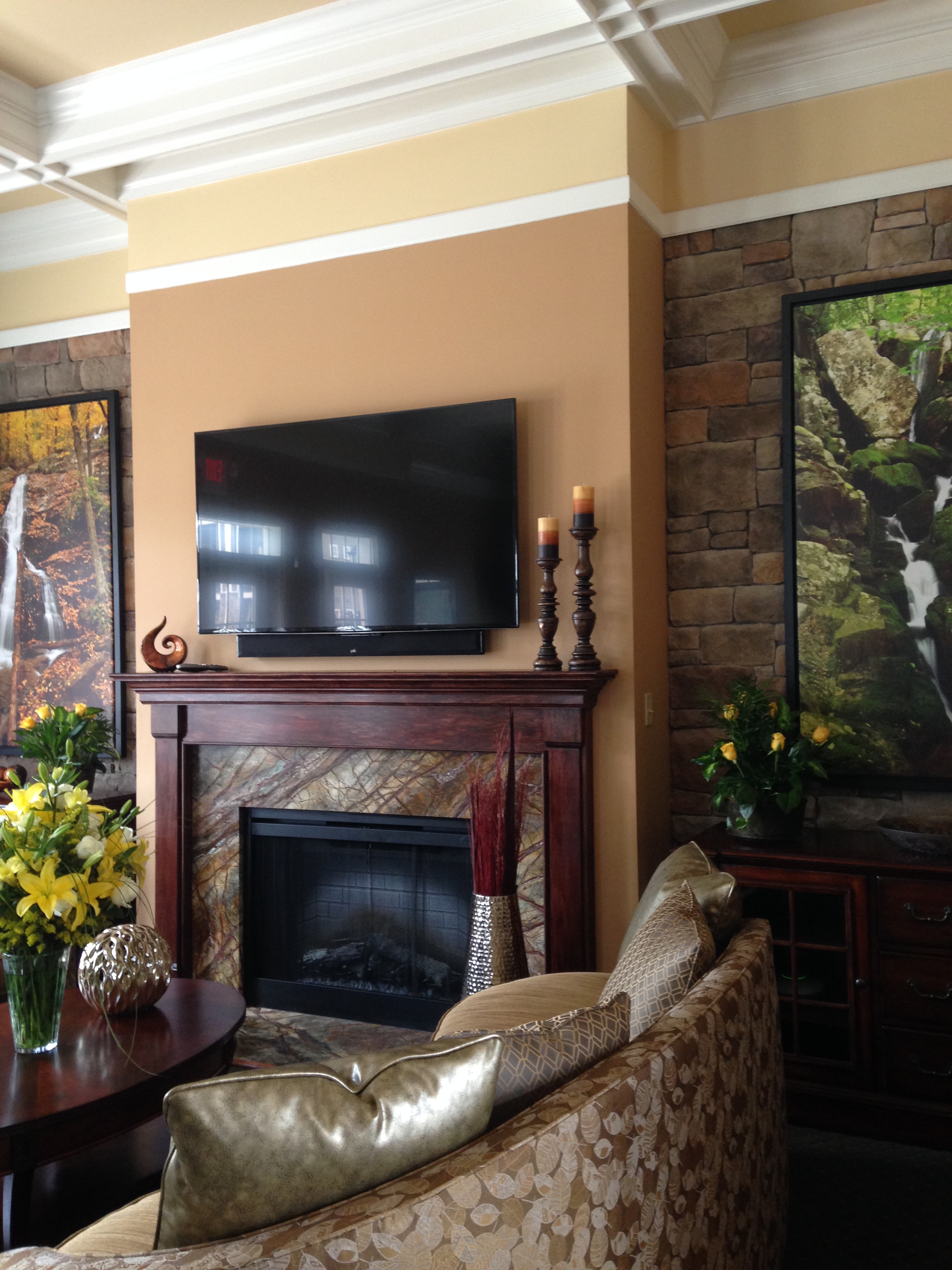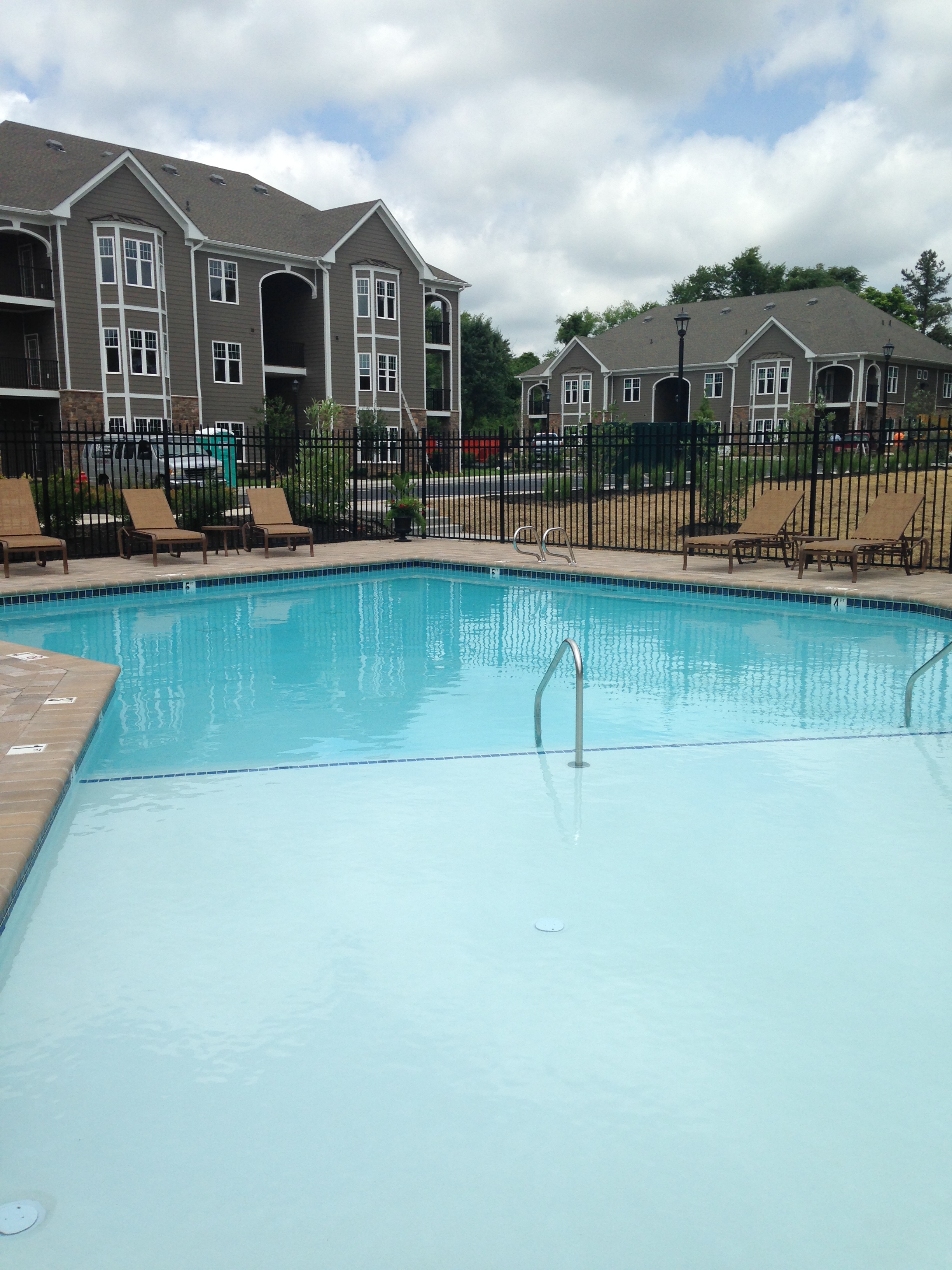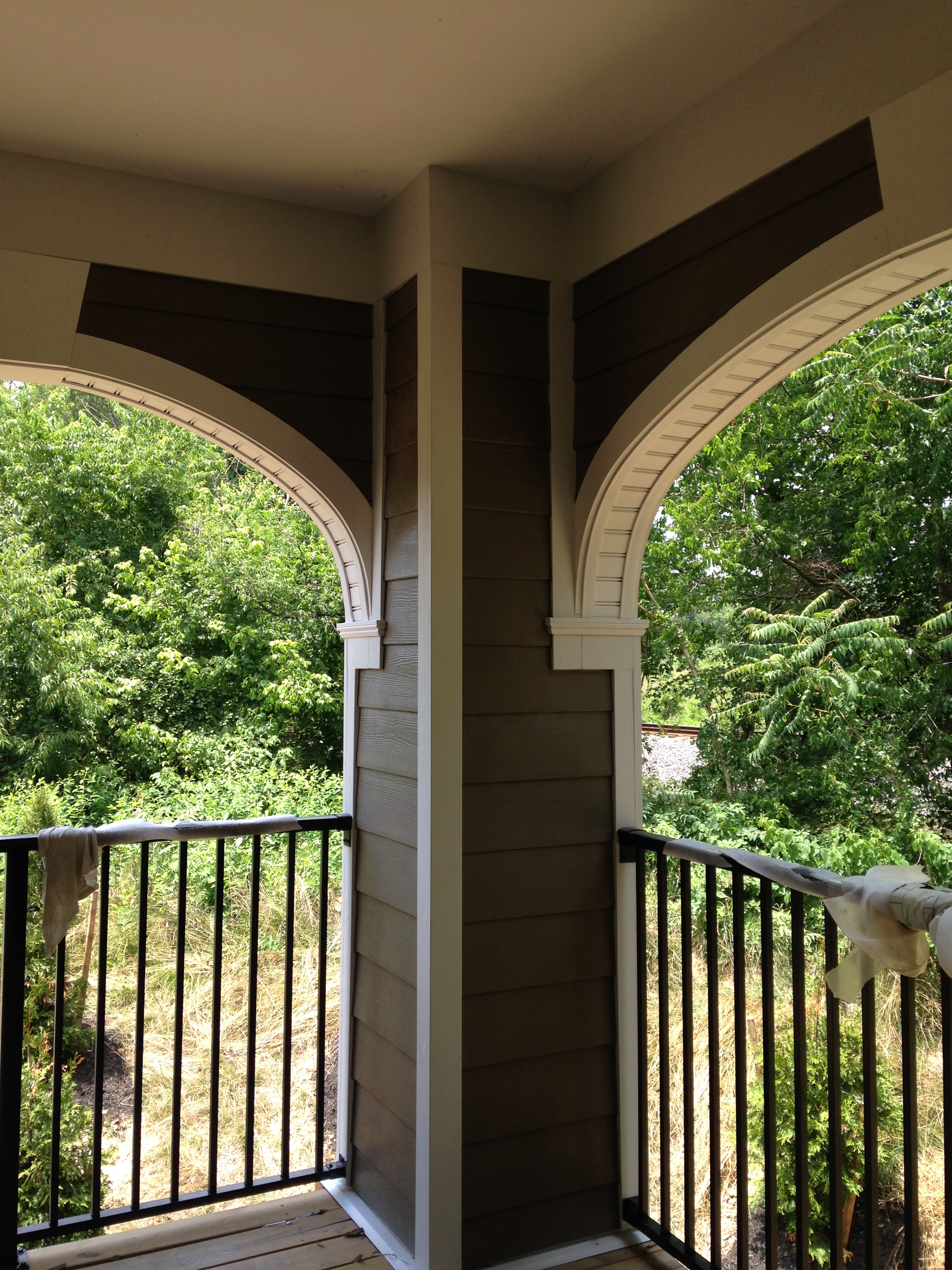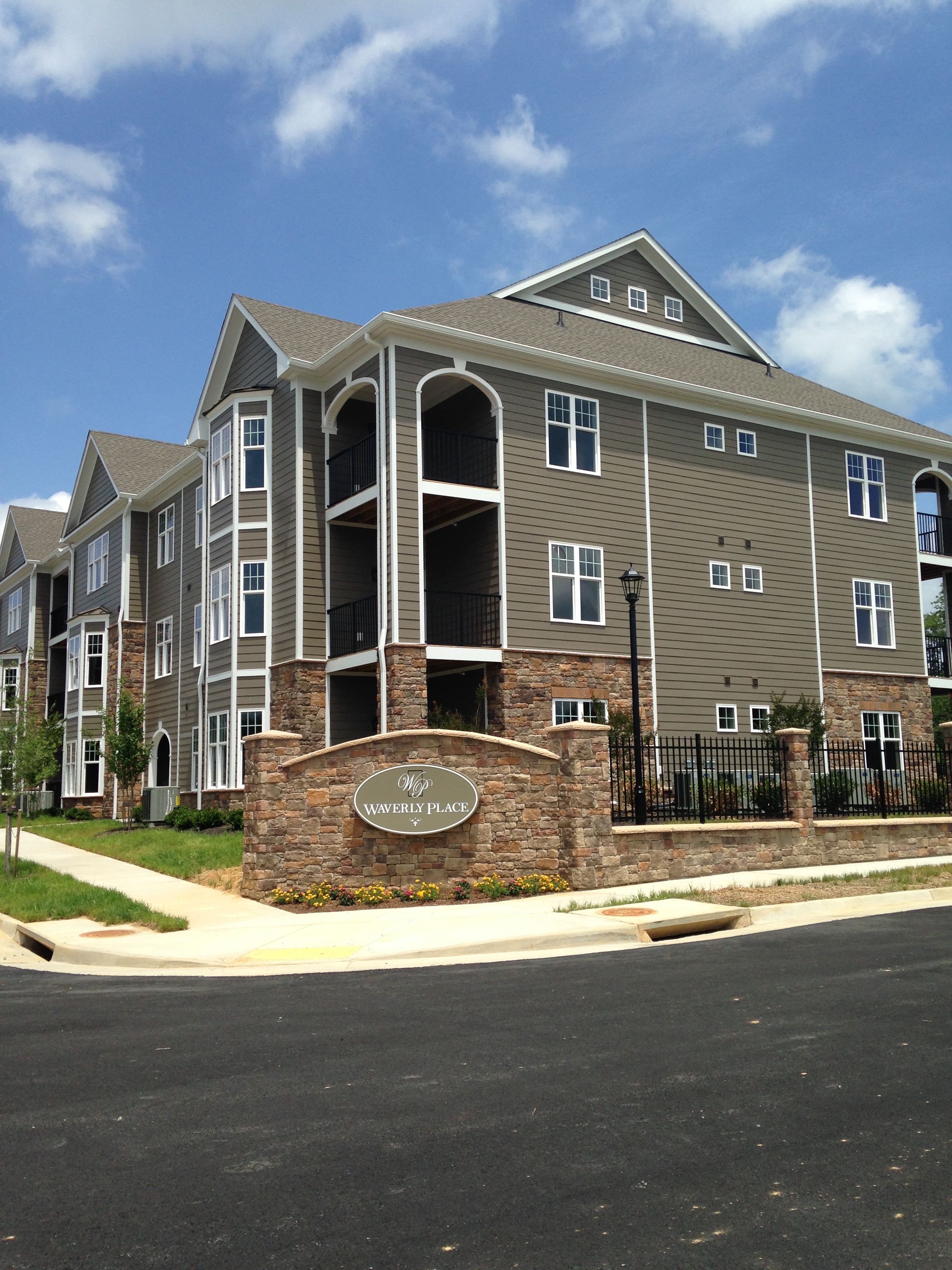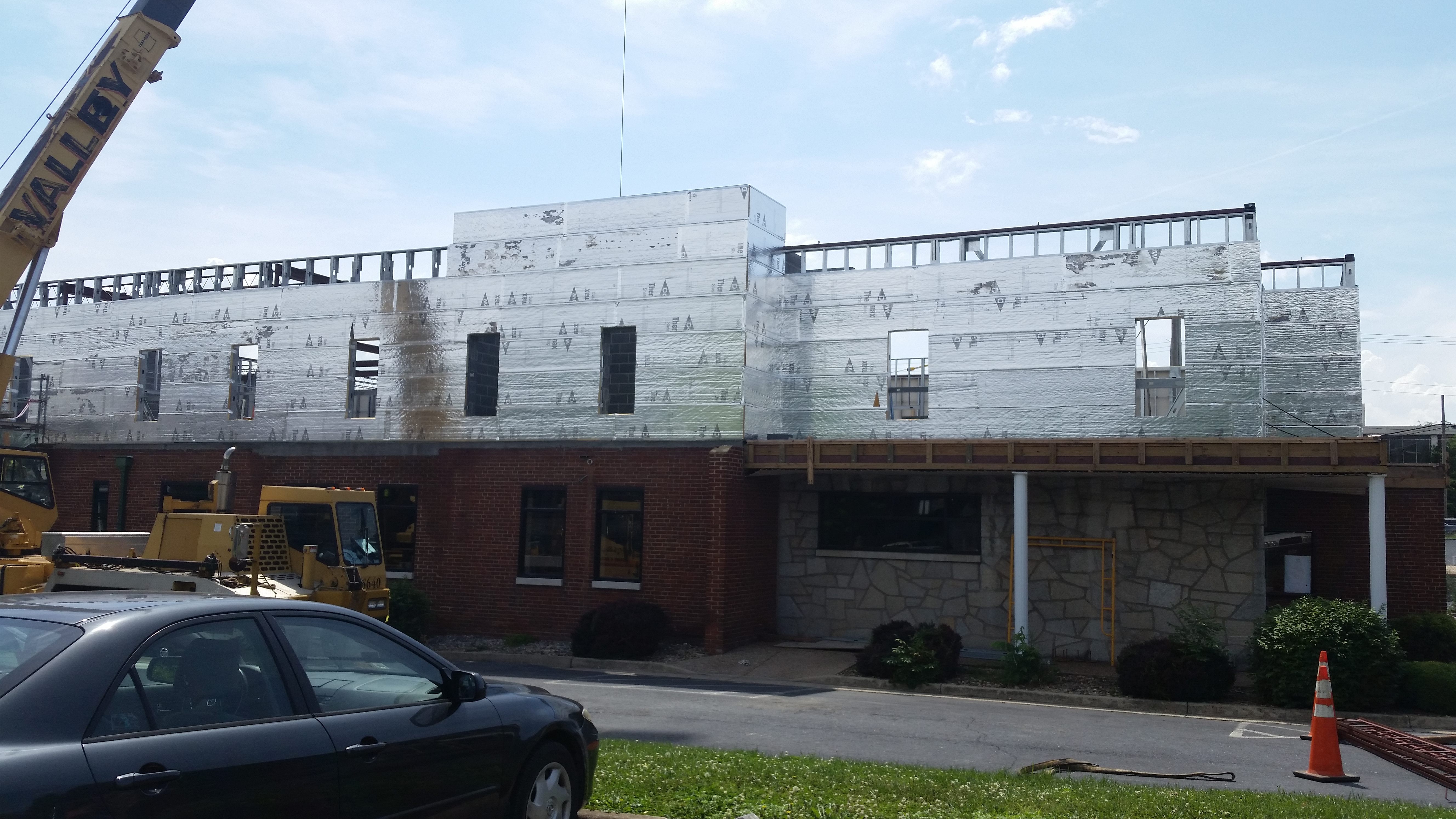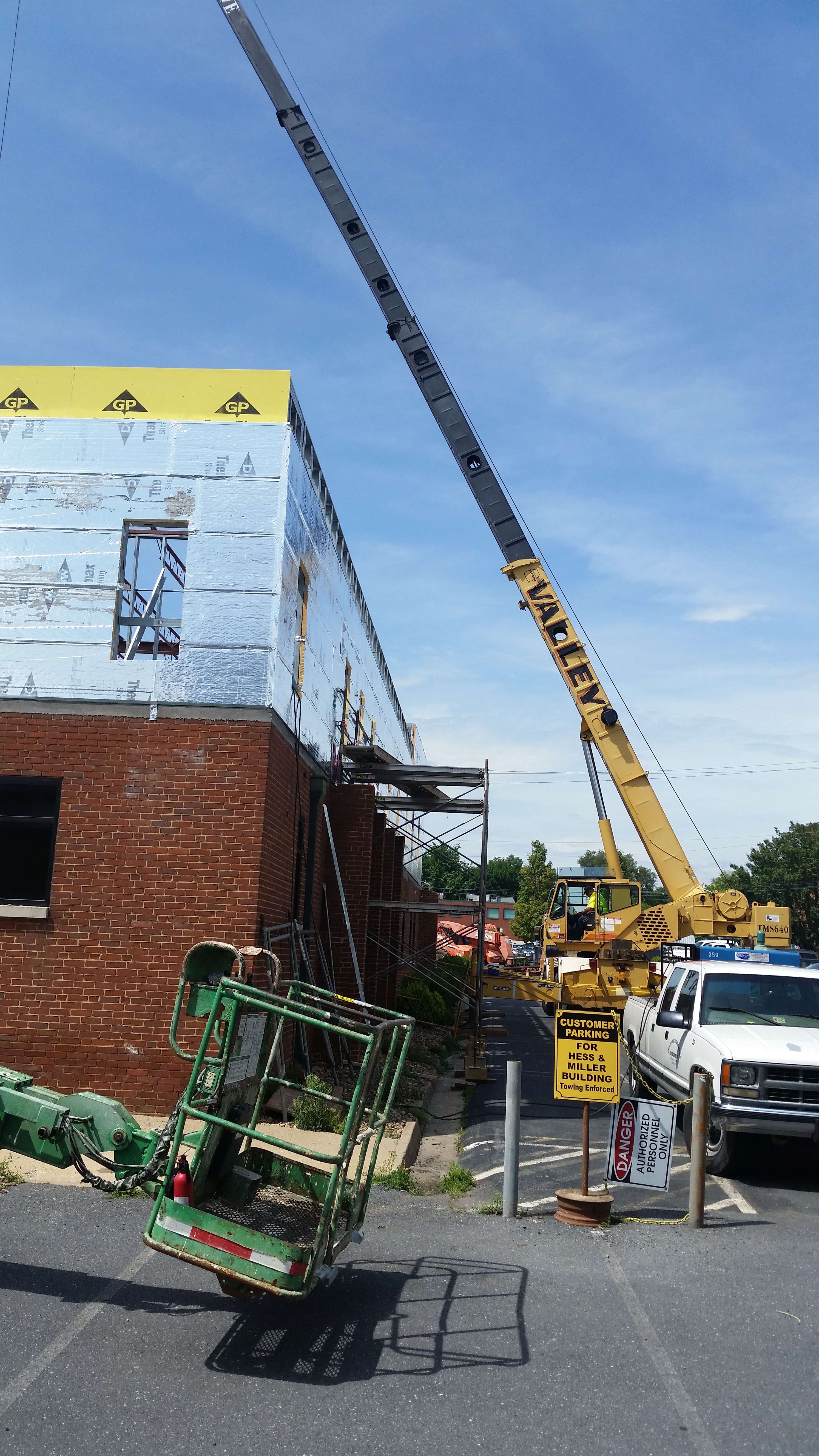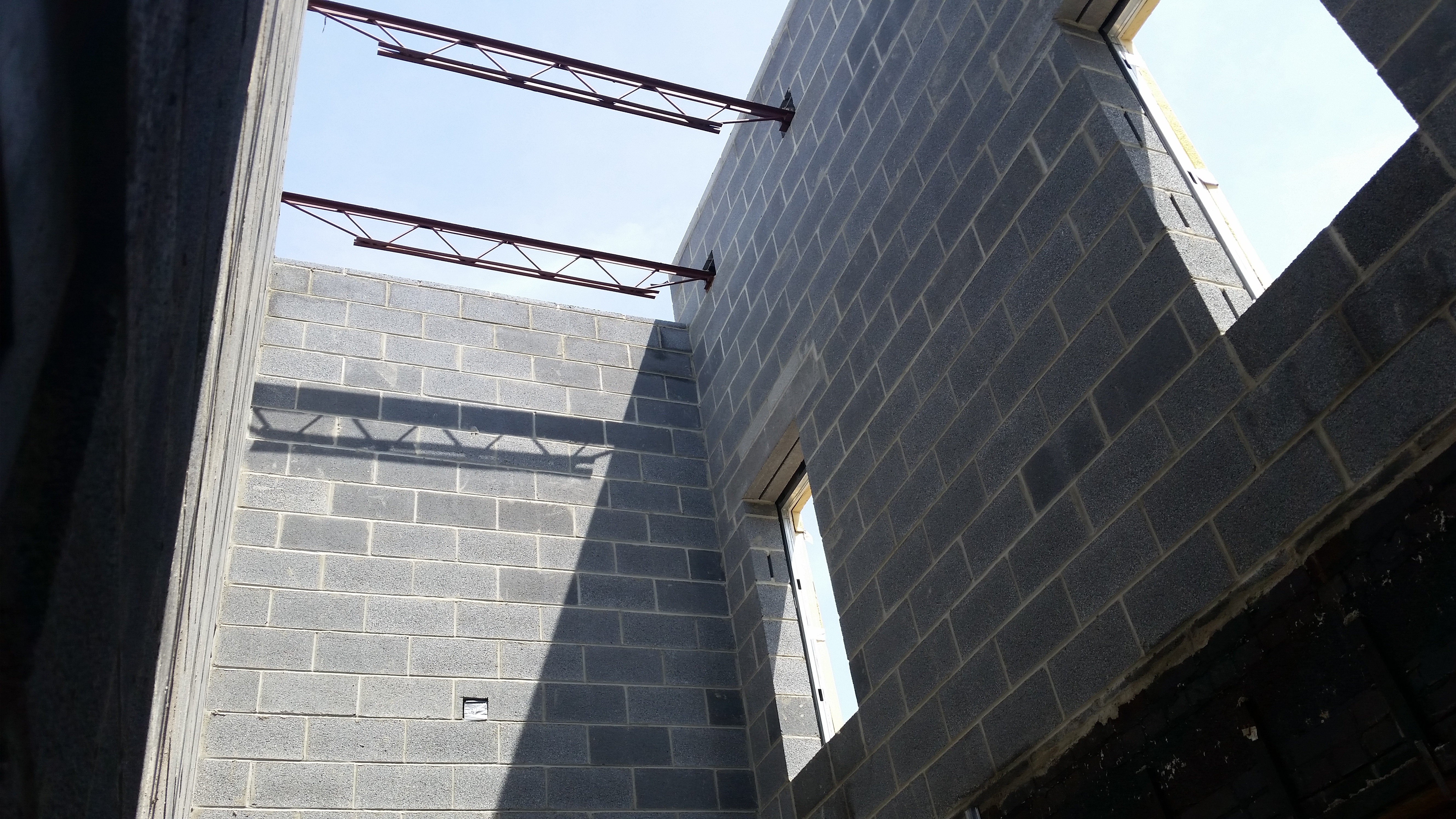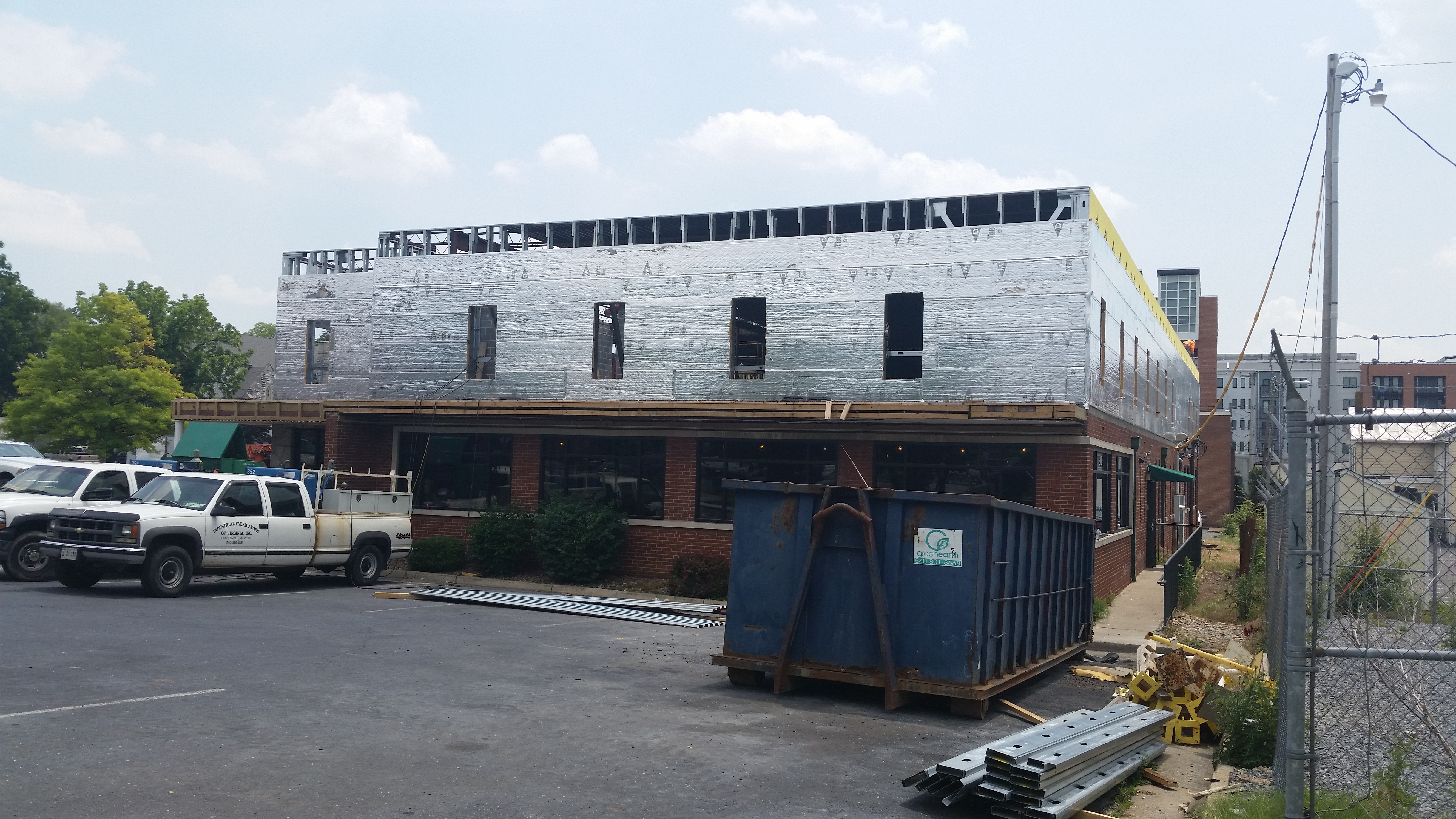Solarize Harrisonburg program is launching!
This program is part of a grass roots effort in the U S to increase the use of solar to produce energy and to lower installation and equipment costs through a bulk purchase process.
Following our initial meeting on June 2, over 40 individuals have indicated interest in participating. Efforts are not limited to Harrisonburg City residents; the group is hoping to include folks in nearby counties, cities, and towns. The program will formally launch with an info meeting.
Info Meeting
A community meeting and solar information session with representatives of Community Power Network (CPN)/VA SUN.
Meeting Details:
Monday, July 28th
6:00 PM
Massanutten Regional Library,
174 South Main Street, Harrisonburg.
Community Power Network works with interested people in a geographic area to initiate formation of a solar cooperative. Once established, CPN can then assist the cooperative with the many aspects (e.g., analytical, financial, technical) that such an effort involves. The purpose of this info meeting is to get your questions answered and begin the necessary organizational tasks.
Sign Up To Join the Group
For those of you who express interest in installing solar, CPN will then do a satellite assessment to see if your roof is a good fit for solar. For those offering to help, we will use the information from the sign up form to begin the process of matching your talents/skills to the various areas in which we need expertise.
Completing the sign up form DOES NOT OBLIGATE YOU to install a solar system. But it does make you part of this exciting local initiative.
We need some information about your address and roof in order to do the assessment. Please make sure to fill out the sign up form even if you’ve already indicated you are interested on other forms.
What You Can Do Before the July 28 Meeting
Sign Up to Join the Organizing Committee! We need people to be on the organizing committee. Organizers will help do things such as: set up meetings, get press, get the word out, recruit new participants, promote the program via Facebook, plan events, assist with technical review of RFP responses, or anything else to help make this project a success. If you want to be on the organizing committee, reply to this email and let us know about your availability. On the sign up form, be sure to list what kinds of things you can do to help.
Get the word out about our local Solarize program! Let your friends, neighbors, co‑workers, homeowners associations or other potentially interested persons know about theJuly 28 meeting and invite them to attend. Encourage them to sign up before the 28th. Forward this email to them. Remember, the whole idea is to lower each person’s costs so the more folks who participate the lower the cost is likely to be!
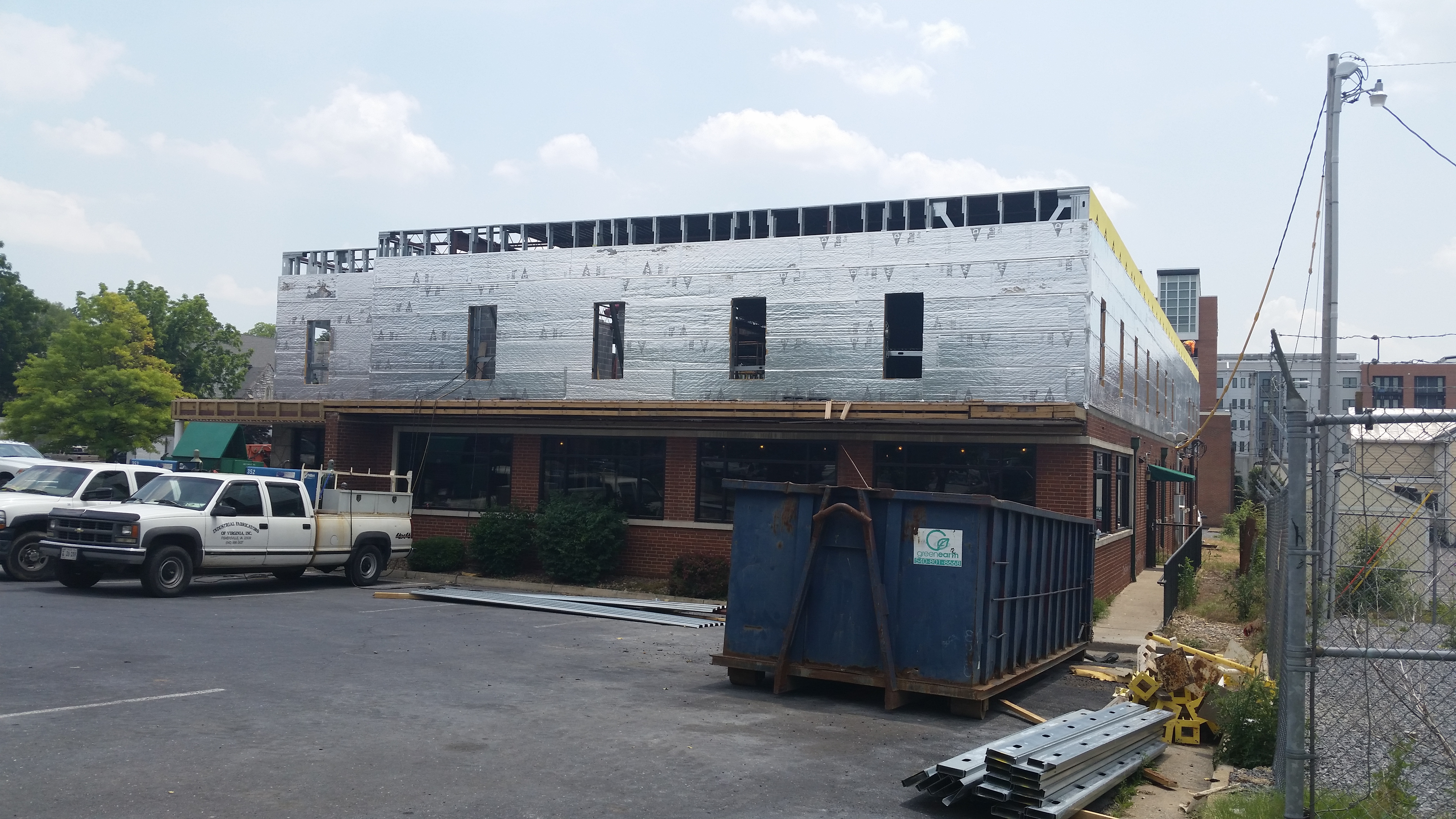 Construction waste is not talked about much (or at all) in the general public. That dumpster on site gets filled and emptied on a regular basis. Some is sent to a landfill and some gets recycled for a future use.
Construction waste is not talked about much (or at all) in the general public. That dumpster on site gets filled and emptied on a regular basis. Some is sent to a landfill and some gets recycled for a future use.
